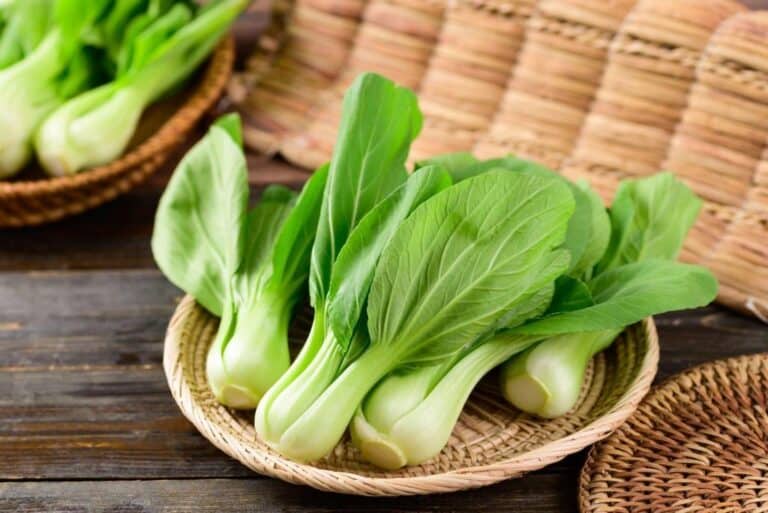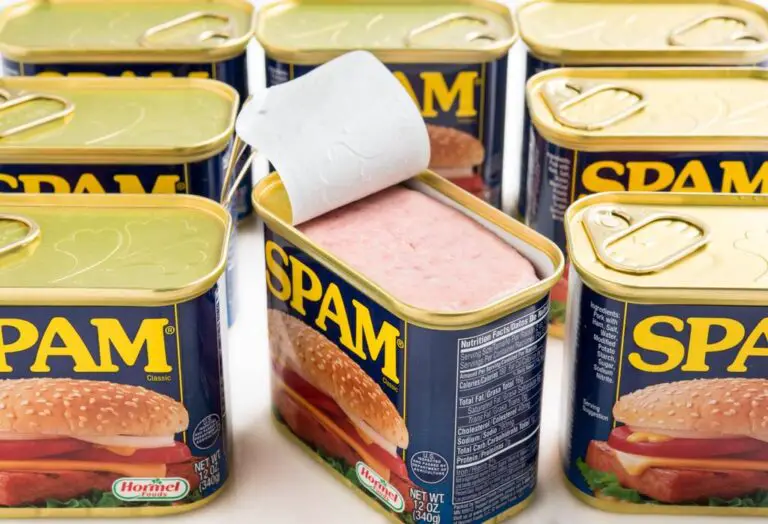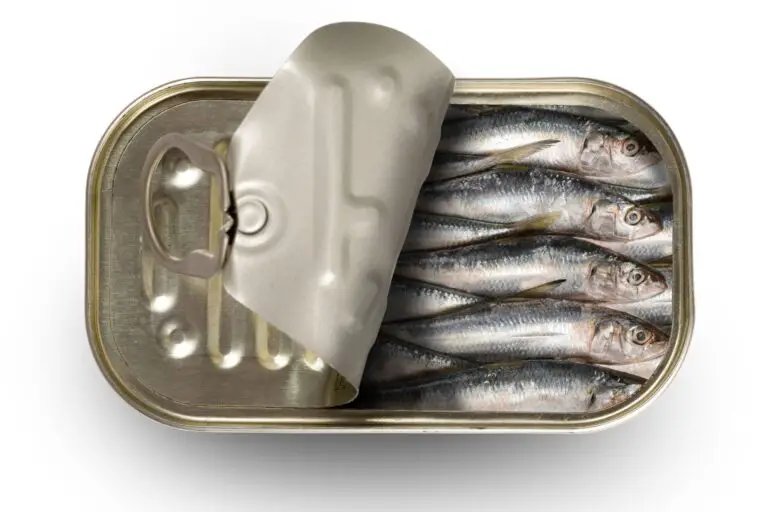What Happens If You Eat Expired Ravioli? Still Safe to Consume?
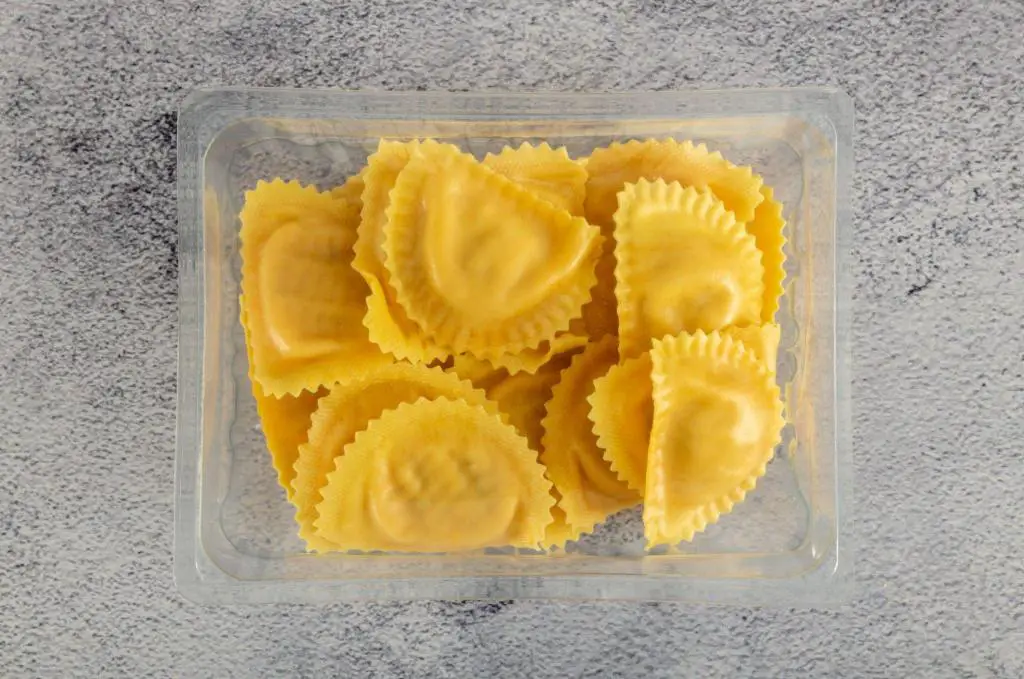
Ever found a forgotten can of ravioli tucked away in the back of your pantry? We’ve all been there. But before you decide to whip up a quick meal with those expired pasta pockets, let’s talk about what really goes on when you consume ravioli past its prime. What happens if you eat expired ravioli or a recipe that contains it?
In this exploration of the culinary unknown, we’ll unravel the mysteries behind expired ravioli consumption. From the risks of upset stomachs to the potential hazards of ignoring those tiny expiration dates, we’re delving into the nitty-gritty of whether that dusty can is still a safe bet.
When contemplating the longevity of your favorite pasta dish, understanding the factors influencing its shelf life becomes crucial. The delicate balance of pasta, fillings, and packaging materials can impact how long your ravioli remain at their prime.
Join us as we navigate the labyrinth of food safety and discover whether your taste buds are in for a treat or a trick when it comes to indulging in the world of expired ravioli.
Introduction to Ravioli
If you’re a fan of Italian cuisine, you’ve likely indulged in the delightful world of ravioli at some point. These little pasta pockets filled with savory goodness have been a favorite for generations, offering a quick and satisfying meal option.
Furthermore, ravioli’s convenience contributes to its widespread appeal. Its bite-sized nature makes it easy to portion and cook, offering a quick and satisfying meal option.
The versatility extends to cooking methods as well, whether boiled, baked, or pan-fried, allowing for culinary creativity. This adaptability resonates with busy lifestyles, making ravioli a go-to choice for those seeking a balance between convenience and gourmet flavor.
In addition to its taste and versatility, the cultural richness associated with ravioli enhances its popularity. Originating from Italian culinary traditions, ravioli has found a global stage, becoming a beloved dish celebrated in diverse kitchens worldwide.
The communal act of making and sharing ravioli fosters a sense of connection and tradition, further solidifying its place in the hearts and palates of food enthusiasts across the globe.
Factors Influencing Ravioli’s Expiration
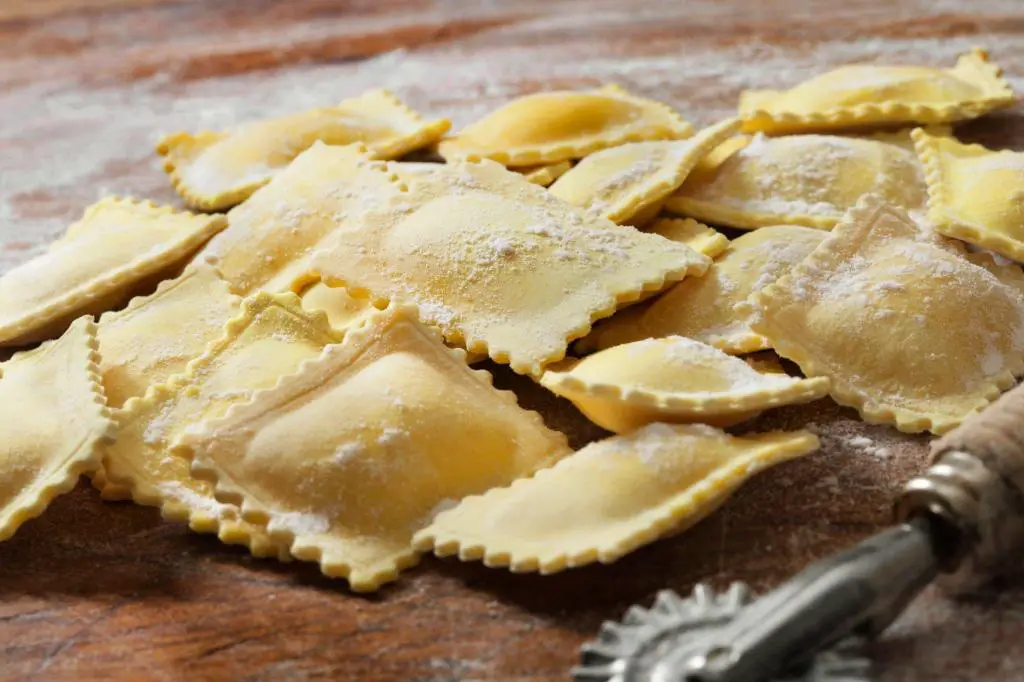
Understanding why ravioli has an expiration date is crucial to making informed decisions about its consumption. Several factors contribute to the shelf life of this pasta delicacy:
1. Ingredients and Filling Composition
The composition of ravioli, both the pasta and the filling, plays a significant role in determining its shelf life. Ingredients like cheese, meat, and vegetables have varying perishability, affecting how quickly the ravioli will expire. For instance, cheese-filled ravioli may have a shorter shelf life compared to those with more stable fillings.
2. Preservatives and Storage Conditions
The presence of preservatives in the ravioli and how it’s stored can significantly impact its expiration date. Proper refrigeration is essential to slow down the growth of bacteria and other microorganisms that can spoil the pasta. Some ravioli may be vacuum-sealed, extending their shelf life by creating an environment less conducive to bacterial growth.
3. Packaging and Seal Integrity
The quality of the packaging and the integrity of the seal are vital factors. Damaged or compromised packaging exposes the ravioli to air and contaminants, accelerating its expiration. Inspecting the packaging before purchase ensures the product’s freshness and longevity.
4. Exposure to Light and Temperature Fluctuations
Ravioli, like many food items, is sensitive to light and temperature fluctuations. Exposure to light and warmth can expedite the breakdown of ingredients, leading to spoilage. Storing ravioli in a cool, dark place helps maintain its quality over time.
What Happens If You Eat Expired Ravioli?
Now that we’ve delved into the factors influencing ravioli’s expiration, let’s explore the consequences of consuming this pasta dish past its prime:
1. Changes in Flavor and Texture
One of the first noticeable effects of expired ravioli is a change in flavor and texture. The once tender pasta may become mushy, and the filling may develop an off-putting taste. While it might not be immediately harmful, the altered sensory experience can be a major culinary disappointment.
2. Risk of Foodborne Illness
As ravioli ages, the likelihood of bacterial contamination increases. Consuming expired ravioli raises the risk of foodborne illnesses, which can manifest as symptoms like nausea, vomiting, abdominal cramps, and diarrhea. Individuals with weakened immune systems are particularly vulnerable to such risks.
3. Mold Growth
If you spot any mold on the surface of your ravioli, it’s a clear sign that it has surpassed its edible state. Mold is not only unappetizing but can also produce mycotoxins, harmful substances that pose health risks when ingested. Discard any ravioli showing signs of mold to avoid potential health issues.
4. Quality of Ingredients Diminished
Expired ravioli loses its nutritional value as the quality of the ingredients degrades over time. Vitamins and minerals present in the filling may diminish, affecting the overall nutritional content of the dish. Opting for fresh ravioli ensures you enjoy the full spectrum of nutrients the dish has to offer.
5. Digestive Discomfort
Consuming expired ravioli may lead to digestive discomfort, even if it doesn’t result in a full-blown foodborne illness. Upset stomachs, bloating, and gas are common symptoms that can arise from ingesting ravioli past its expiration date.
What Are The Signs of Spoiled Ravioli?
Spotting the signs of spoiled ravioli is key to preventing potential health hazards. Here are some indicators that your ravioli may have reached the end of its edible life:
- Unpleasant Odor: Fresh ravioli has a distinct, appetizing aroma. If your ravioli emits a sour or off-putting smell, it’s a clear sign that the ingredients have begun to spoil.
- Changes in Color: Examine the color of both the pasta and the filling. Any unusual discoloration, such as a greenish or grayish hue, indicates spoilage.
- Mold Growth: Visible mold on the surface of the ravioli is a definitive sign that it has exceeded its shelf life. Mold can be green, white, or black and should never be ignored.
- Altered Texture: Fresh ravioli is known for its tender pasta and well-balanced filling. If you notice a slimy or overly dry texture, it’s a clear indication that the ravioli is no longer suitable for consumption.
- Peculiar Taste: Trust your taste buds. If the ravioli tastes different from what you’re accustomed to or has an unpleasant aftertaste, it’s best to avoid eating it.
Taking note of these signs is crucial for maintaining your well-being and ensuring a positive dining experience. When in doubt, it’s safer to err on the side of caution.
Tips for Handling and Storing Ravioli
To ensure the longevity and quality of your ravioli, here are some additional tips for proper handling and storage:
- Follow Storage Instructions: Always adhere to the storage instructions provided on the packaging. Whether it’s refrigeration or freezing, following these guidelines helps maintain the ravioli’s freshness.
- Use Airtight Containers for Leftovers: If you’ve cooked more ravioli than needed, store the leftovers in airtight containers to prevent exposure to air and moisture. This helps retain both flavor and texture.
- Avoid Cross-Contamination: When handling raw ravioli or its ingredients, practice good hygiene to avoid cross-contamination. Wash hands, utensils, and surfaces thoroughly to prevent the spread of bacteria.
- Monitor Refrigerator Temperature: Keep a close eye on your refrigerator’s temperature to ensure it stays within the recommended range. Consistent refrigeration is crucial for preserving the freshness of perishable foods like ravioli.
- Rotate Stock: If you have multiple packages of ravioli in the refrigerator or freezer, practice the “first in, first out” rule. Consume the oldest products first to prevent any items from reaching their expiration date unnoticed.
- Consider Vacuum Sealing: For those who frequently purchase fresh ravioli, investing in a vacuum sealer can extend the shelf life by removing excess air from the packaging.
What Happens If You Eat Uncooked Ravioli?
Eating uncooked ravioli might not be as appetizing or safe as enjoying it in its fully cooked form. Uncooked pasta has a distinctly raw texture, lacking the tenderness that cooking provides. Additionally, the fillings in ravioli, often comprising meats, cheeses, or vegetables, may not be palatable when consumed in their raw state.
Beyond taste considerations, there are potential health risks associated with eating uncooked ravioli. Uncooked pasta can be more challenging to digest, leading to discomfort and bloating. Moreover, the risk of bacterial contamination is higher when consuming raw or undercooked ingredients.
If you’re curious about alternative ways to enjoy ravioli without traditional boiling, consider pan-frying or baking. These methods not only provide a different texture but also eliminate the potential health hazards associated with consuming uncooked pasta. Always prioritize your well-being and savor the rich flavors of ravioli through safe and enjoyable culinary practices.
| Cooking Method | Description |
| Boiling | The traditional method, ensures even and thorough cooking. |
| Pan-Frying | Adds a crispy texture, transforming the dish. |
| Baking | Ideal for baked dishes, enhancing flavor and texture. |
Alternatives to Using Expired Ravioli
If you find yourself with expired ravioli and are hesitant to discard it immediately, consider exploring alternative options rather than risking your health. Here are some creative alternatives to repurpose expired ravioli:
- Crafty Casseroles: Turn expired ravioli into a hearty casserole by baking it with fresh ingredients like tomatoes, cheese, and herbs. The baking process can help mask the altered taste and texture.
- Ravioli Soup: Transform expired ravioli into a comforting soup by simmering it in a flavorful broth with vegetables and spices. The broth can add moisture and enhance the overall taste.
- Ravioli Bake: Create a baked dish by layering expired ravioli with a rich tomato sauce and cheese. Baking can revive the texture and provide a different, enjoyable culinary experience.
- Fried Ravioli Snack: Give expired ravioli new life by frying it until crispy. This method adds a delightful crunch and can make the expired ravioli more palatable.
Table: Alternative Uses for Expired Ravioli
| Alternative Use | Description |
| Crafty Casseroles | Baking expired ravioli with fresh ingredients for a flavorful and hearty casserole |
| Ravioli Soup | Simmering expired ravioli in a broth with vegetables creates a comforting and flavorful soup. |
| Ravioli Bake | Layering expired ravioli with tomato sauce and cheese, then baking to revive texture and taste |
| Fried Ravioli Snack | Frying expired ravioli until crispy for a crunchy snack with a different twist |
Experimenting with these alternatives not only reduces food waste but also allows you to salvage the essence of ravioli in creative ways. However, it’s essential to remember that these alternatives may not completely eliminate the risks associated with consuming expired ravioli.
Conclusion
In conclusion, navigating the realm of expired ravioli requires careful consideration of the potential consequences. The risks of consuming expired pasta extend beyond a mere loss of flavor or texture. Understanding the potential health effects of eating expired food, such as the looming threat of food poisoning from old canned ravioli, underscores the importance of responsible consumption.
To safeguard your well-being, it’s crucial to prioritize the safe storage of canned goods. Whether it’s paying attention to expiration dates, storing items in cool and dry conditions, or opting for alternatives when in doubt, these measures can significantly reduce the risks associated with expired ravioli consumption.
So, the next time you unearth that forgotten can, remember the lessons learned here. Your culinary adventures should always be seasoned with a pinch of caution, ensuring that every bite remains a delightful experience, free from the unpalatable risks of consuming expired ravioli.
FAQ
Can I tell if ravioli is expired by its smell alone?
Yes, an unpleasant or sour odor can be a clear indicator that the ravioli has surpassed its shelf life.
Does freezing extend the shelf life of ravioli?
Freezing can help preserve the freshness of ravioli, but it’s essential to follow proper thawing and storage procedures to maintain its quality.
Are there specific storage conditions to prevent ravioli from expiring quickly?
Yes, storing ravioli in a cool, dark place and ensuring proper refrigeration can slow down the growth of bacteria, preserving the pasta for a longer period of time.
Can I trust alternative uses for expired ravioli to make it safe for consumption?
While creative alternatives may enhance the taste and texture, they may not eliminate all the risks associated with expired ravioli; caution is advised.
How long does ravioli typically last before it expires?
The shelf life of ravioli varies based on factors like ingredients, preservatives, and storage conditions. It’s advisable to check the expiration date on the packaging and consume it within that timeframe.
What are some common signs of mold on ravioli, and is it always dangerous?
Mold on ravioli can appear as green, white, or black spots. It is generally unsafe to consume as it can produce mycotoxins, which may pose health risks.

